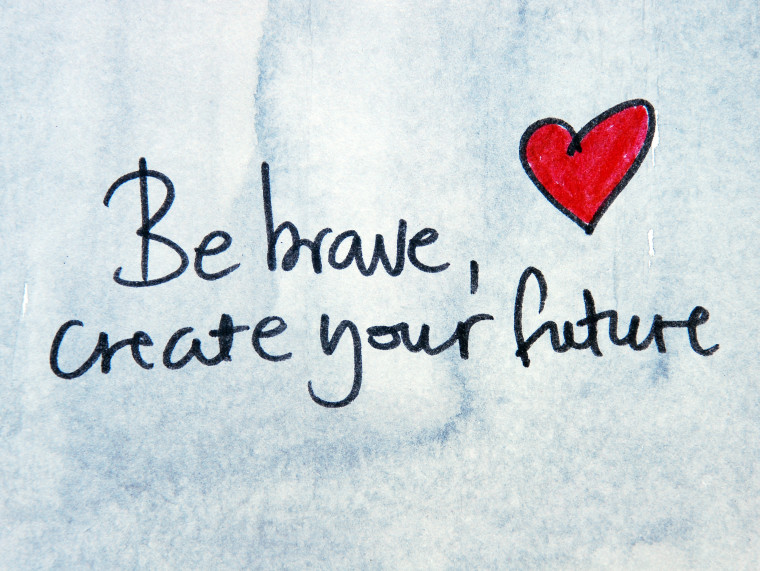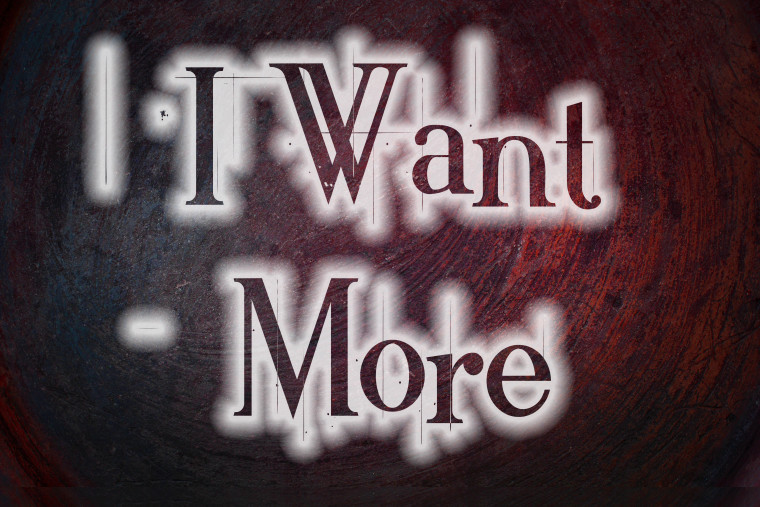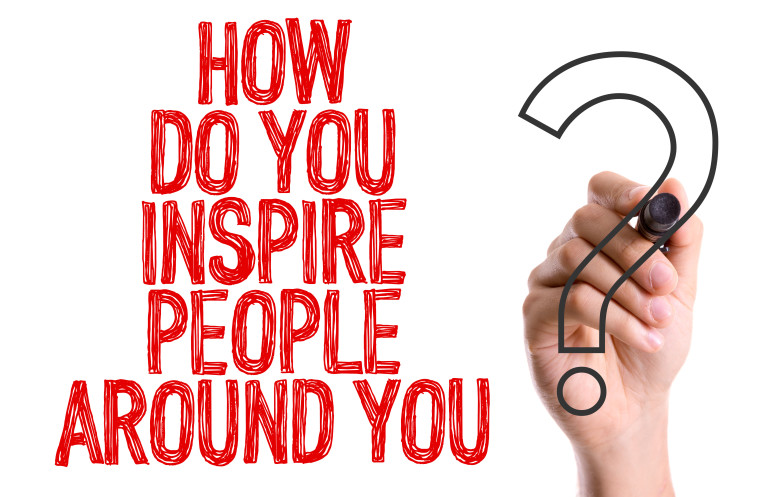
Podcast: Play in new window | Download
Subscribe: Apple Podcasts | RSS
Show Agenda
- Featured Presentation: How to Create Your Future
- Recommended resources:
- The Tipping Point: How Little Things can Make a Big Difference, Malcolm Gladwell [affiliate link]
Faith in Focus: “Beware False Teachers”
“The aim of our charge is love that issues from a pure heart and a good conscience and a sincere faith.” (1 Timothy 1:5)
Featured Presentation: How to Create Your Future
“Creativity is just connecting things. When you ask creative people how they did something, they feel a little guilty because they didn’t really do it, they just saw something. It seemed obvious to them after a while.” – Steve Jobs
Four Types of Creatives
1. Builders
Builders create products and services. They are called builders because they “build” physical or digital products (e.g., books, software, tools) or provide services (e.g., therapy, consulting) that educate, entertain, or otherwise assist others. Examples include legendary builders like Steve Jobs with Apple or Bill Gates with Microsoft, whose products (e.g., the iPod and Windows respectively) changed the world. If your desire is to influence though products and services that you create, then you are a builder. Y
2. Advocates
Advocates create a conversation or movement. They challenge social assumptions to promote justice, empower the disenfranchised, or otherwise champion a worthwhile cause. Abraham Lincoln (anti-slavery), Mother Teresa (eliminating poverty), and Mahatma Gandi (Indian independence) are each examples of advocates with international acclaim. Advocates create resistance against apathy, ignorance, and abuses. In doing so, they connect humanity to a transcendent and unifying truth.
3. Aesthetics
Aesthetics create an atmosphere. Atmosphere refers to the emotionality of a setting. Aesthetics personify, within their context, the beauty of the culture. In varied ways, they connect us to our emotional core. Maya Angelou, with works such as “I know why the caged bird sings” and Luciano Pavarotti (dubbed “King of the High C” for his classic aria Pour mon âme) are other examples of aesthetics. Aesthetics create an atmosphere that touches our souls.
4. Networkers
Networkers create social hubs. They apply their gifts to connect people. In his New York Times bestseller, The Tipping Point, author Malcolm Gladwell calls them “Connectors.” Gladwell describes them as the kinds of people who know everyone. This knowledge is used to refer people to the right person or service.
Feel free to leave me a voicemail message with any questions or concerns by going to HaroldArnold.com and clicking “Send Voicemail” on the right side of the screen.
Get your FREE copy of the “10 Proven Steps to Extraordinary Influence” at haroldarnold.com
Please do me a huge favor and click HERE to go to iTunes and leave me a rating and review. It will only take 2 minutes of your time. And, it means so much to me. And, just for you, I’ll give you a shout out on the next show.





